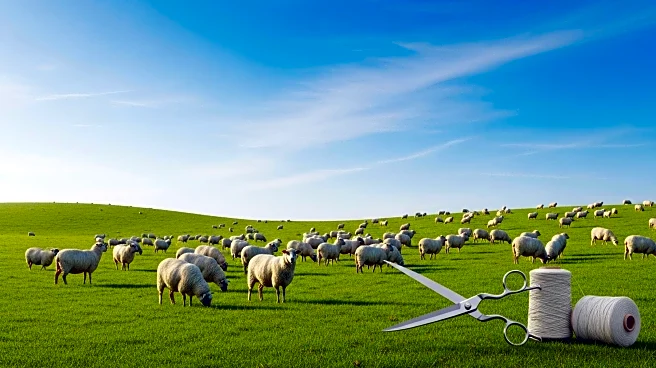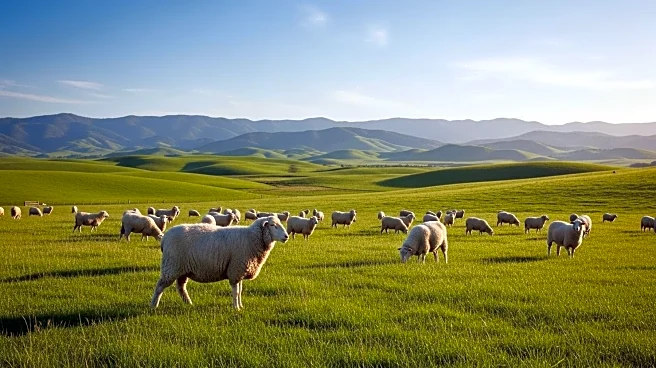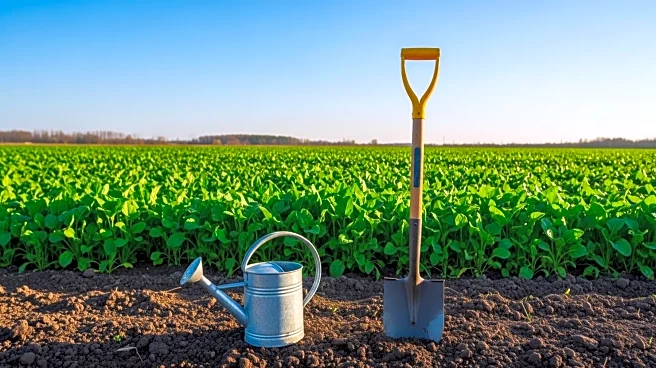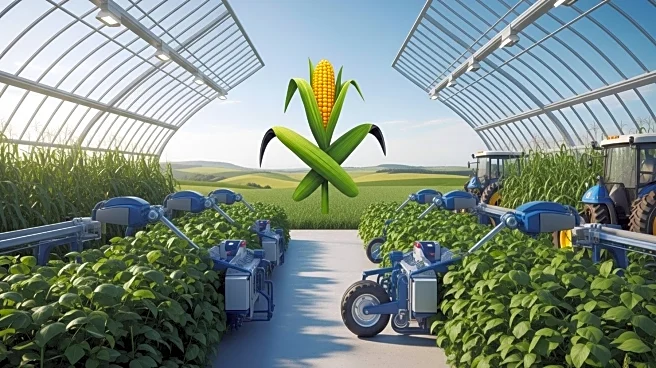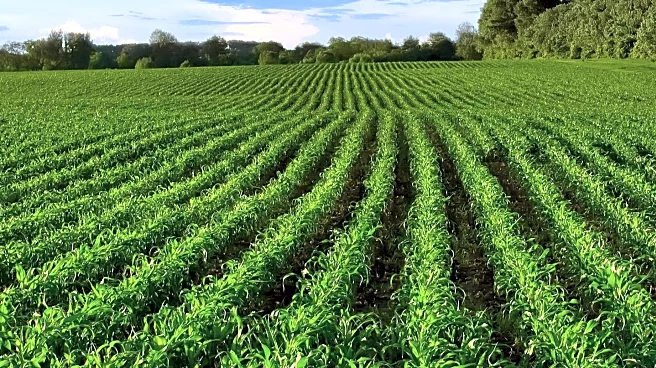What's Happening?
H&M, a major fashion retailer, has collaborated with South African wool farmers and the World Wide Fund for Nature (WWF) to produce sustainable clothing. This initiative focuses on regenerative farming practices in the Drakensberg region, aiming to restore grasslands and improve biodiversity. The project supports both commercial and communal farmers, enhancing soil health and resilience against climate change. The Drakensberg grasslands are crucial for South Africa's water systems, feeding major rivers. H&M's partnership with WWF seeks to address the environmental impact of the textile industry, which is known for its resource-intensive processes.
Why It's Important?
The collaboration between H&M and South African farmers is significant as it addresses the environmental footprint of the textile industry, which contributes to greenhouse gas emissions and pollution. By promoting regenerative farming, the project aims to enhance biodiversity and soil health, crucial for sustainable agriculture. This initiative not only supports local farmers but also aligns with global efforts to combat climate change. The project serves as a model for integrating business practices with environmental conservation, potentially influencing other industries to adopt similar approaches.
What's Next?
The project is expected to expand, with H&M aiming to purchase wool directly from participating farmers. This could lead to increased economic opportunities for local communities and further improvements in land management practices. The initiative is aligned with the Greater Grassland Living Lands initiative, which aims to establish a new national park. As the project progresses, it may attract more farmers and resources, enhancing its impact on biodiversity conservation and sustainable farming.
Beyond the Headlines
The project highlights the interconnectedness of biodiversity and climate change, emphasizing the need for sustainable land use practices. It also underscores the role of large corporations in driving environmental change through strategic partnerships. The initiative could lead to long-term shifts in the textile industry, promoting the use of regenerative materials and reducing reliance on resource-intensive production methods.
